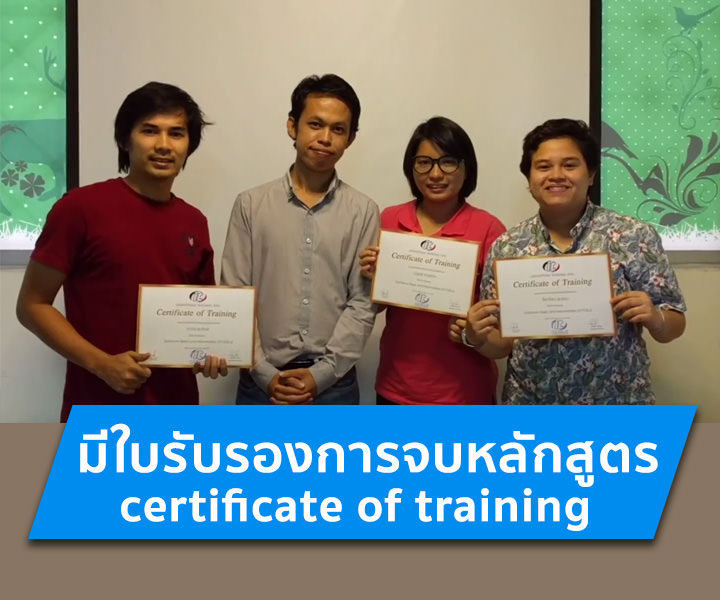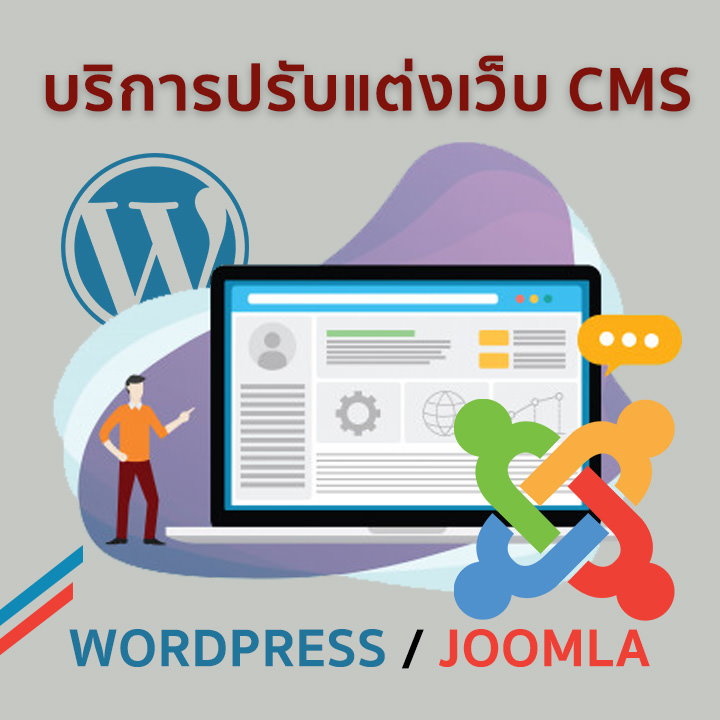Microsoft SQL Server 2017 Database Queries
รายละเอียด Course ID: dbc-19
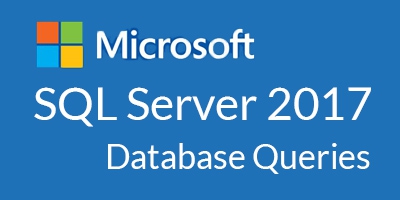
โปรแกรมและเว็บไซต์ส่วนใหญ่มีความจำเป็นต้องขับเคลื่อนด้วยฐานข้อมูลขนาดใหญ่ บ่อยครั้งการเข้าใจแนวทางการเขียน SQL ที่ถูกต้องและมีประสิทธิภาพจึงมีความสำคัญเป็นอย่างยิ่งต่อการพัฒนาซอฟแวร์ ในหลักสูตรนี้จะพูดถึงภาษา SQL ซึ่งเป็นภาษามาตรฐานในการสืบค้นข้อมูลจากระบบจัดการฐานข้อมูลเชิงสัมพันธ์ เหมาะกับผู้ที่ต้องการสืบค้นข้อมูลจาก Microsoft SQL Server หรือ ระบบจัดการฐานข้อมูลเชิงสัมพันธ์อื่นๆ ก็ได้ โดยผู้เข้าอบรมจะได้เรียนรู้แนวคิด และแนวทางการเขียน SQL ด้วยเทคนิคตั้งแต่พื้นฐานจนถึงขึ้นประยุกต์ใช้งานได้เป็นอย่างดี
รอบการเปิดอบรม
วิดีโอแนะนำคอร์ส
ไฟล์รายละเอียดคอร์ส
- Microsoft SQL Server 2017 Database Queries (Course outline PDF)
- โปรไฟล์ของบริษัทไอทีจีเนียส เอ็นจิเนียริ่ง (โปรไฟล์ไอทีจีเนียส PDF)
วัตถุประสงค์
- สามารถเขียนคำสั่ง SQL Select ข้อมูลได้อย่างถูกต้องมีประสิทธิภาพ
- สามารถเขียนคำสั่ง Select ข้อมูลจากหลาย Table พร้อมกันได้อย่างมีประสิทธิภาพ
- สามารถ ค้นหา และจัดเรียงข้อมูลด้วยคำสั่ง SQL ได้
- สามารถจัดกลุ่มข้อมูล (Group) ได้
- สามารถเขียน Subqueries ได้อย่างมีประสิทธิภาพ
- เขียนโปรแกรมด้วย Transact-SQL ได้
- เขียนคำสั่ง SQL เพื่อปรับแต่งประสิทธิภาพการทำงานได้สูงสุด
กลุ่มเป้าหมาย
- นักเรียนนักศึกษา
- ครู อาจารย์ วิทยากรที่สนใจ
- นักวิชาการ นักไอที หรือผู้ดูและระบบ
- ตลอดจนผู้สนใจทั่วไปใน Microsoft SQL Server 2017 Database Queries
ความรู้พื้นฐาน
- พื้นฐานการใช้งานคอมพิวเตอร์ เช่น Copy , Paste สร้างไฟล์และโฟลเดอร์
- การใช้งานระบบปฎิบัติการ Windows / MacOS
- พื้นฐานการใช้งานฐานข้อมูลมาบ้าง
ระยะเวลาในการอบรม
- 18 ชั่วโมง
ราคาคอร์สอบรม
- ราคาปกติ 8,900 บาท / คน
- โปรโมชั่นลด 10% เหลือ 8,010 บาท / คน
- ราคาเหมาจ่าย (ผู้อบรมตั้งแต่ 10 คน) ตามแต่ตกลงกัน
- ขอใบเสนอราคา
วิทยากรผู้สอน
คอร์สที่ควรอบรมก่อนหน้า
คอร์สต่อเนื่องที่แนะนำ
เนื้อหาการอบรม
Module 1: SQL Query Fundamentals
- A history of SQL and T-SQL
- An introduction to relational theory
- To use standards or not
- Understanding processing stages
Module 2: Query the Database
- Querying a table with SELECT
- Using aliases in your SELECT statements
- Using string concatenation
- Using CASE expressions
Module 3: Filtering Results
- Filtering duplicates with DISTINCT
- Introducing the WHERE clause
- WHERE clause relational operators
- Filtering text
- Working with NULL
Module 4: Querying Multiple Tables
- Understanding normalization
- Understanding table relationships
- Understanding joins
- Using joins in a query
Module 5: Grouping and Sorting
- Understanding order
- Sorting results with ORDER BY
- Grouping results with GROUP BY
- Using the TOP option
- Using aggregates
Module 6: Querying with Data Type Considerations
- Queries using date and time
- Queries using character data types
- Queries using character functions
Module 7: Subqueries and Table Expressions
- Writing subqueries
- Using EXISTS
- Introducing views
- Introducing common table expressions
Module 8: Programming with T-SQL
- Understanding stored procedures
- Understanding T-SQL programming elements
- Implementing transactions
- Error handling
Module 9: Query Performance
- Introducing query execution plans
- Viewing index usage and statistics


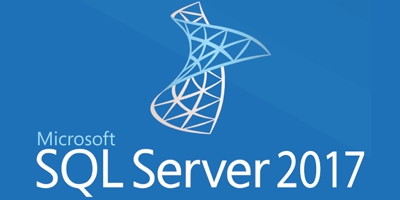 Microsoft SQL Server 2017 Database Basic (พื้นฐาน)
Microsoft SQL Server 2017 Database Basic (พื้นฐาน)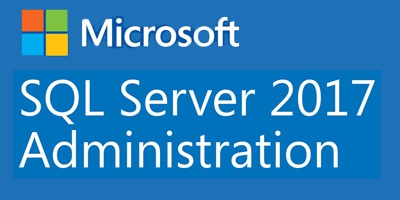 Microsoft SQL Server 2017 for Administration
Microsoft SQL Server 2017 for Administration



